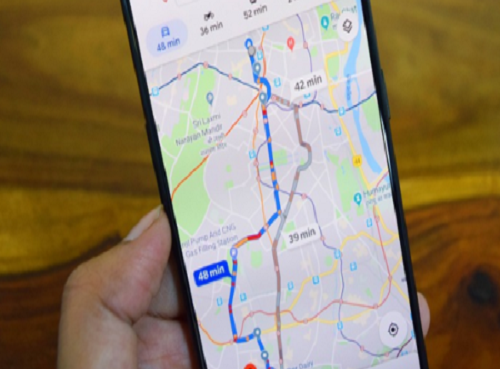Building accessibility-first apps spur diversity, equity and inclusion initiatives and empower users by levelling the usability playing field
Accessibility-first apps require developers to consider each end user’s unique conditions and challenges. By taking into account different backgrounds and abilities, the app development process becomes more inclusive to wider groups of users.
Not only is this good ethics, but it is simply good engineering principles in general, empowering more people to understand, navigate, and interact with the business and its applications. It also helps organisations comply with regulations gradually widening in scope to include accessibility.
Building accessibility-first apps spur diversity, equity and inclusion (DEI) initiatives, empowering end users by levelling the usability playing field. It is about considering users’ needs from a functional perspective to utilise digital technologies for their benefit better.
If the pandemic has taught us anything, technology can provide customers with a convenient channel to fulfil their needs. However, this is only possible when businesses are willing to have an accessibility-first mindset that prioritises what customers expect out of a product or service.
Building software should be empathetic
According to accessibility expert and JetBrains Developer Advocate Rachel Appel, empathy is a crucial attitude to have when building accessibility-first products.
“Building software that truly fits people’s needs is impossible if you cannot empathise with them properly. If it only fits the needs of you and your team or the focus group you’ve used, you will be leaving behind many humans who use your products,” she said.
During the pandemic, apps built for convenience — purchasing services, making payments, ordering food — became a necessity as they provided people with the services they love without needing physical interaction. This effectively made technology the channel of choice for customers to get what they need.
Even as the pandemic winds down, the need for convenient and user-friendly apps has only doubled. Of late, people are more inclined to embrace e-commerce and food delivery services because of their convenience and ease of access. Both services have a high adoption rate of 92 per cent and 79 per cent, respectively.
The best part about building empathy is that it is as simple as having conversations with family or friends or reading a novel.
“Whether it is novels or human interaction, it provides a window to people’s experiences of the world, even technologies and software. With empathy, you will be able to answer questions like ‘How can I help those who lost their eyesight read their emails?’ or ‘How can I provide a quick resolution to people’s problems?’” Appel said.
Appel also stresses that the accessibility-first mindset “can be especially helpful in providing solutions for those with trouble accessing spaces or those with underlying health conditions. To achieve this, businesses need to determine their users’ strengths and limitations and what features would make their experiences seamless. By bringing these factors into the creation process, disabled users won’t be left behind in harnessing the benefits of technologies and solutions in their daily lives,” she said.
Tools you can use
Another accessibility expert and Split Software Developer Advocate, Chris DeMars, highlights one of the ways businesses can build accessibility-first solutions is to audit their coding.
“Tools like axe DevTools and Lighthouse are designed to assess and score the level of accessibility of new and existing solutions. They also have built-in screen readers that let you test out your tools’ accessibility features without looking at the screen,” he said.
DeMars also recommends pairing your web content creation solution with a colour contrast checker, so your website stays compliant with the Web Content Accessibility Guide (WCAG).
“The WCAG is the gold standard in helping users design user-friendly web content that helps users easily distinguish key elements. This is crucial in delivering a positive and delightful experience that can attract new customers to your business. With Chrome’s DevTools, developers can know if their content meets the AA and AAA colour conformance levels which are benchmarks for accessible web content.”
To develop accessibility-first apps, Appel suggests leveraging the following resources:
- The World Wide Web Consortium (W3C) is an international community where members collaborate to build rich interactive experiences accessible to every user. The W3C website has many resources that outline technical specifications and guidelines for creating web content available across people and devices.
- WebAIM is a nonprofit organisation that specialises in empowering individuals and organisations to build content that can benefit users of different abilities. Through WebAim, developers can benefit from on-site and virtual training, consultation, web content evaluation and certification.
- Microsoft’s Accessibility Technology and Tools is another excellent resource for accessibility. Microsoft connects developers with a network of accessibility experts and provides them with the necessary tools and tutorials to help them create accessible documents, marketing messages, mobile apps, and events.
As a final piece of advice, Appel reminds developers that creating accessibility-first applications is not only a kind and humane measure, but it can also create a positive and inclusive engagement which translates to increased sales.
“When you build software that makes it better and easier for those with accessibility needs, it automatically becomes better and easier for those who don’t have accessibility needs. So always design with accessibility in mind,” she said
Source: e27










